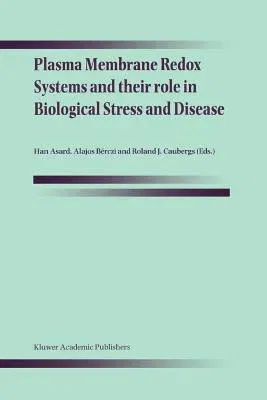Plasma Membrane Redox Systems and Their Role in Biological Stress and Disease (1998)Paperback - 1998, 1 December 2010

Qty
1
Turbo
Ships in 2 - 3 days
In Stock
Free Delivery
Cash on Delivery
15 Days
Free Returns
Secure Checkout
Print Length
334 pages
Language
English
Publisher
Springer
Date Published
1 Dec 2010
ISBN-10
9048151341
ISBN-13
9789048151349
Description
Product Details
Book Edition:
1998
Book Format:
Paperback
Country of Origin:
NL
Date Published:
1 December 2010
Dimensions:
23.39 x
15.6 x
1.83 cm
ISBN-10:
9048151341
ISBN-13:
9789048151349
Language:
English
Location:
Dordrecht
Pages:
334
Publisher:
Weight:
485.34 gm

